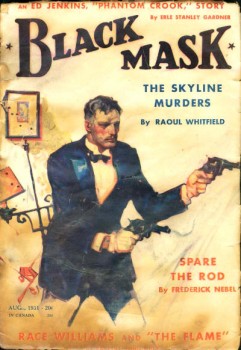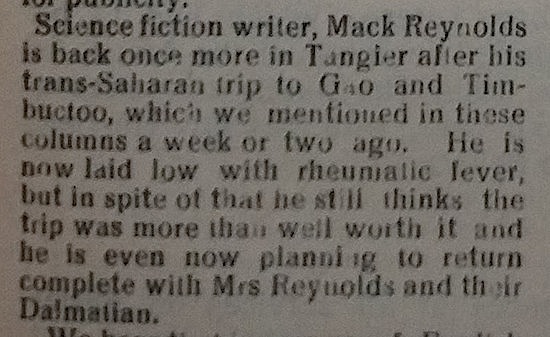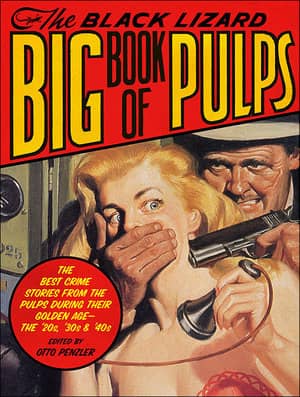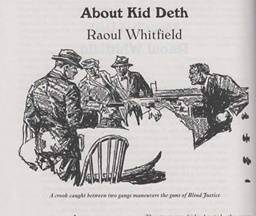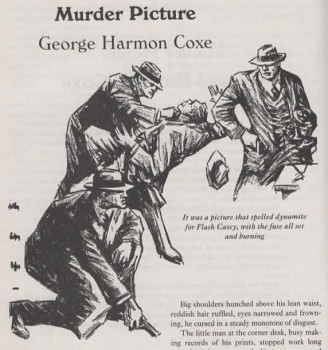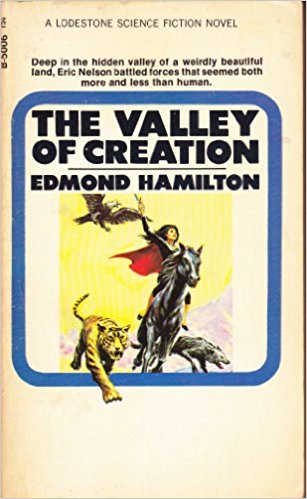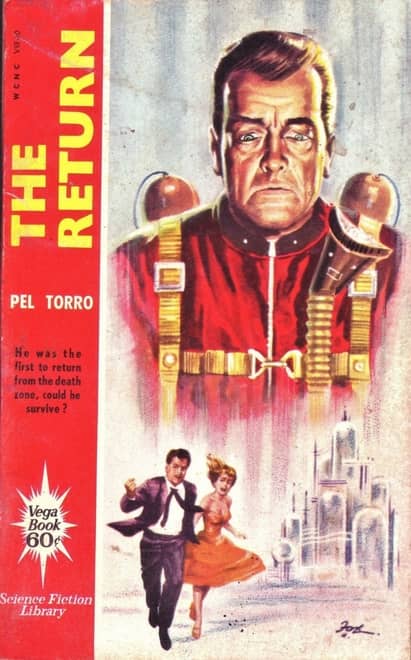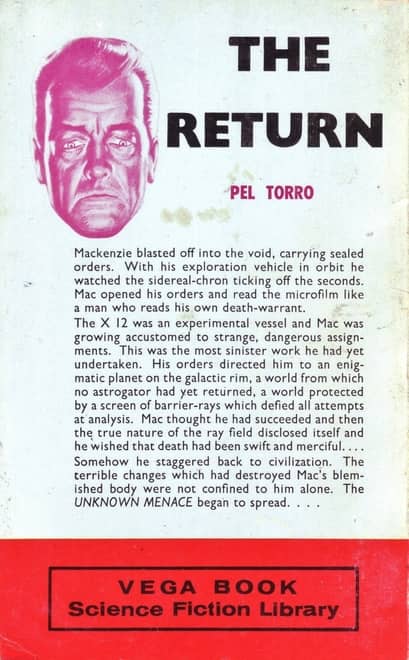A (Black) Gat in the Hand: Thomas Walsh
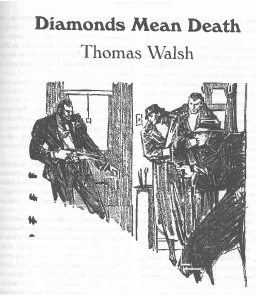 “You’re the second guy I’ve met within hours who seems to think a gat in the hand means a world by the tail.” – Phillip Marlowe in Raymond Chandlers’ The Big Sleep
“You’re the second guy I’ve met within hours who seems to think a gat in the hand means a world by the tail.” – Phillip Marlowe in Raymond Chandlers’ The Big Sleep
(Gat — Prohibition Era term for a gun. Shortened version of Gatling Gun)
Eighteen years after writing his first story, Thomas Walsh’s 1951 debut novel, Nightmare in Manhattan, won an Edgar Award. Twenty-seven years later in 1978, he picked up another Edgar for the short story “Chance After Chance.” That is impressive! Walsh wrote a half-dozen stories for Black Mask in the thirties and his “Best Man” was included by Joseph Shaw in his prestigious Hard-Boiled Omnibus.
“Double Check” appeared in the July, 1933 issue of Black Mask, which also included stories by Raoul Whitfield (Jo Gar), Erle Stanley Gardner (Ken Corning), Frederick Nebel (Tough Dick Donahue) and Carroll John Daly (Race Williams). How’s that for less than a quarter?!
It’s a buddy cop story – except the two men aren’t buddies. Flaherty is well-dressed, small and the smart detective. Mike Martin is big, rough, not the quickest thinker and looks rumpled. It’s brains and brawn.
A banker named Conrad Devine is being threatened, presumably with death, if he doesn’t pay out.
Flaherty constantly pokes at Martin, annoying the bigger man. More than once, Martin’s exasperation with his temporary partner is expressed as “I’m gonna lay you like a rug.”
…
